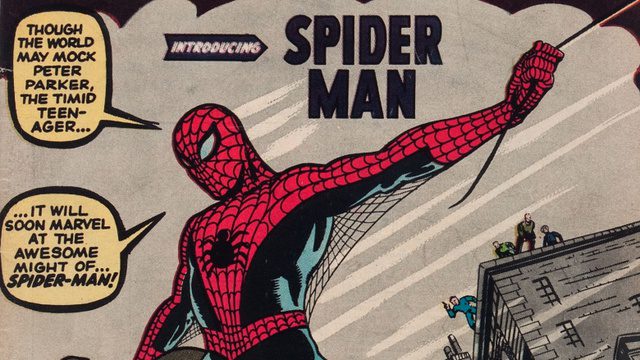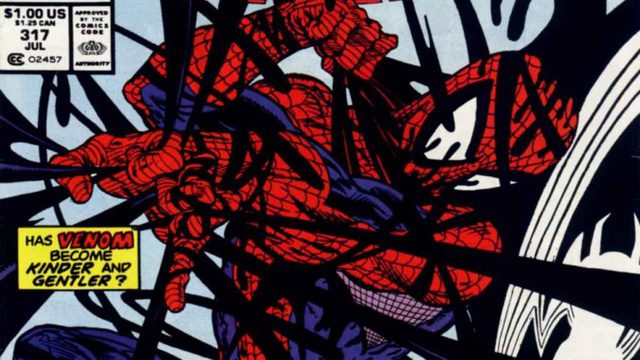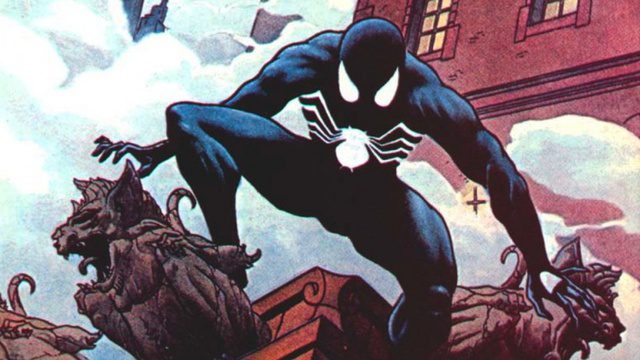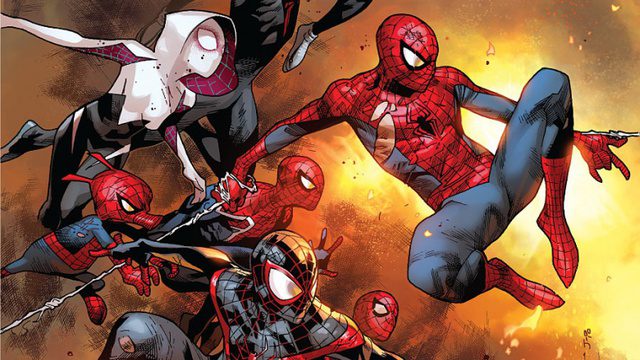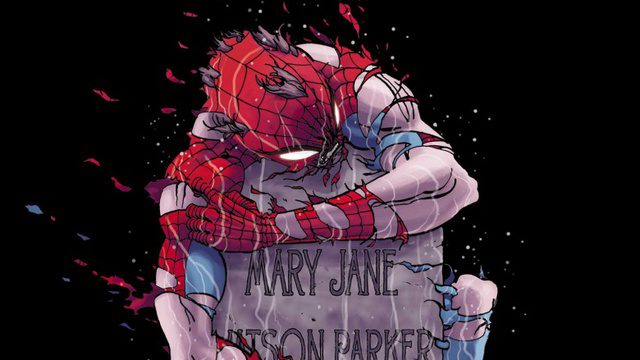Origins of Reality
In 1954, the famous Halloween costume company Ben Cooper Inc. began selling Spider-Man costumes. This initial costume was adorned with bright colors and featured designs inspired by the character, along with the words “Spider Man” printed prominently on the front. At the time, this first costume did not create much impact on the market and was sometimes even overlooked.
Many years later, when Spider-Man first appeared in Amazing Fantasy #15 in 1962, there were many claims that Jack Kirby, a legendary artist, had created Spider-Man based on the design of the costume produced by Ben Cooper earlier. This rumor has never been confirmed by Marvel, who have remained silent on the matter to this day, refusing to answer any questions related to this issue.
The Controversy of Authorship
Artist Jack Kirby participated in the creative process with various characters from the comic book universe that were cultivated through Marvel. Initially, the story of Spider-Man was scripted by Stan Lee and illustrated by Steve Ditko. However, before that, Lee had provided Kirby with the first 5 pages of the Spider-Man comic.
However, this version did not pass the approval stage and was required to be redesigned by Kirby. After that, he only designed the cover for Amazing Fantasy #15, the comic that introduced Spider-Man for the first time to the public. Later, Kirby’s family claimed he was the main creator of Spider-Man when Marvel brought him to the big screen in 2009, but Marvel and Stan Lee both acknowledged this fact.
20 Ingram Street
In 1989, in issues #316 and #317 of Amazing Spider-Man, readers were given insight into the specific address where Peter Parker lived, which is 20 Ingram Street, Forest Hills, NY. After this detail was revealed, die-hard fans began to speculate for some time and then discovered that in 1974, at this very address, there also existed a family named Parker living at 20 Ingram Street.
This is an Easter egg that the two authors, David Michelinie and Todd McFarlane, cleverly embedded in the story, or it may simply be a coincidence. However, fans further discovered another intriguing detail: at 19 Ingram Street, there is a family named Osborne residing there… Do you recognize this name? Norman Osborn… have you realized it yet?
The Legendary Black Costume
In the 1984 Secret Wars storyline, audiences around the world witnessed Spider-Man donning a new black costume instead of the traditional red and blue outfit we commonly see. However, few people know that the concept for this black costume originated from a fan submission sent to Marvel in 1982.
The fan, Randy Schueller, suggested the idea of a Spider-Man black costume with logos and signature designs in black. Marvel later bought this design for $220 (approximately $550 today). Although this costume often appears in various Marvel comic storylines, Schueller has never received credit for any of his creations.
Spider-Man as a Unique Character Across Marvel Universes
Comic book fans may not recognize it, but Spider-Man is used by Marvel as a key character to distinguish various alternate universes. While other superheroes might exist in alternate versions across a few parallel universes, Spider-Man appears to be present in almost all alternate universes within Marvel.
Therefore, when fans refer to an alternate universe, they often associate it with the Spider-Man version to differentiate them from one another. And we can understand that while other superheroes might exist in alternate universes, Spider-Man is always present in at least one version.
Spider-Man’s Venom and Mary Jane Tragedy
In one alternate universe, a rather tragic story unfolds about Spider-Man as he undergoes his 70s and has withdrawn from the superhero battles. At this time, Dr. Octopus had kidnapped Mary Jane, and Spider-Man discovered that “he” (who was now in his 70s) had passed away due to terminal cancer.
This tragic illness originated from MJ being infected by a virus released from Spider-Man’s body when he was close to her. A heartbreaking twist that left fans emotionally affected for a long time.
(To be continued)


